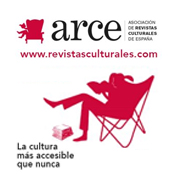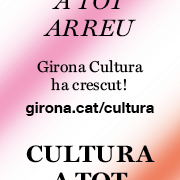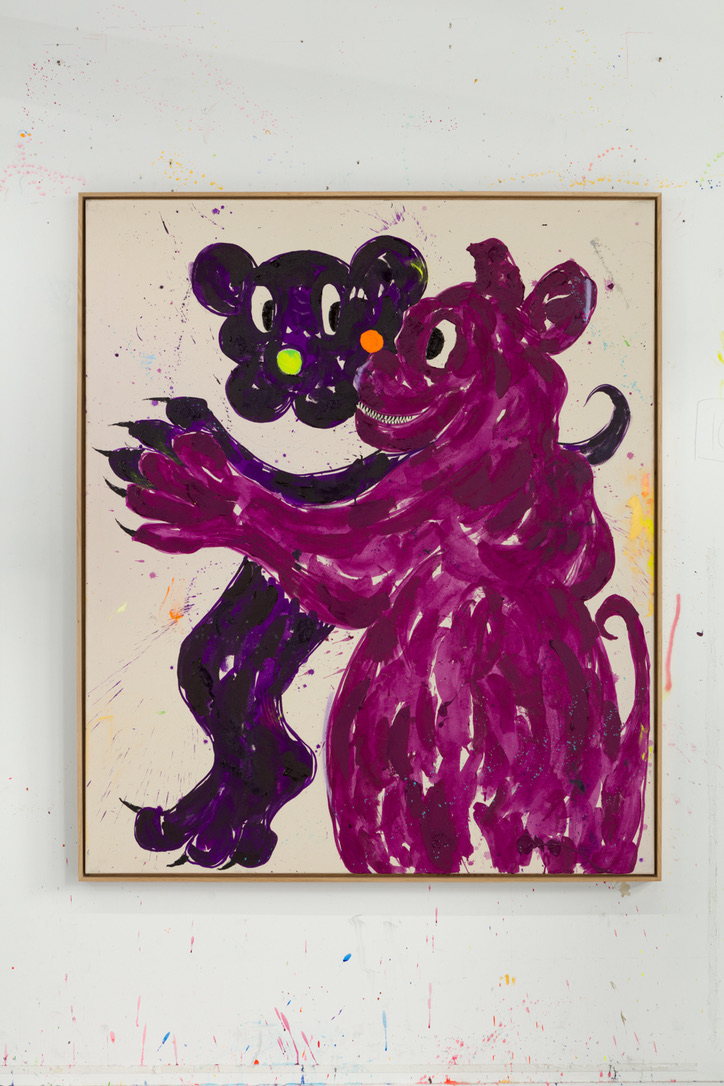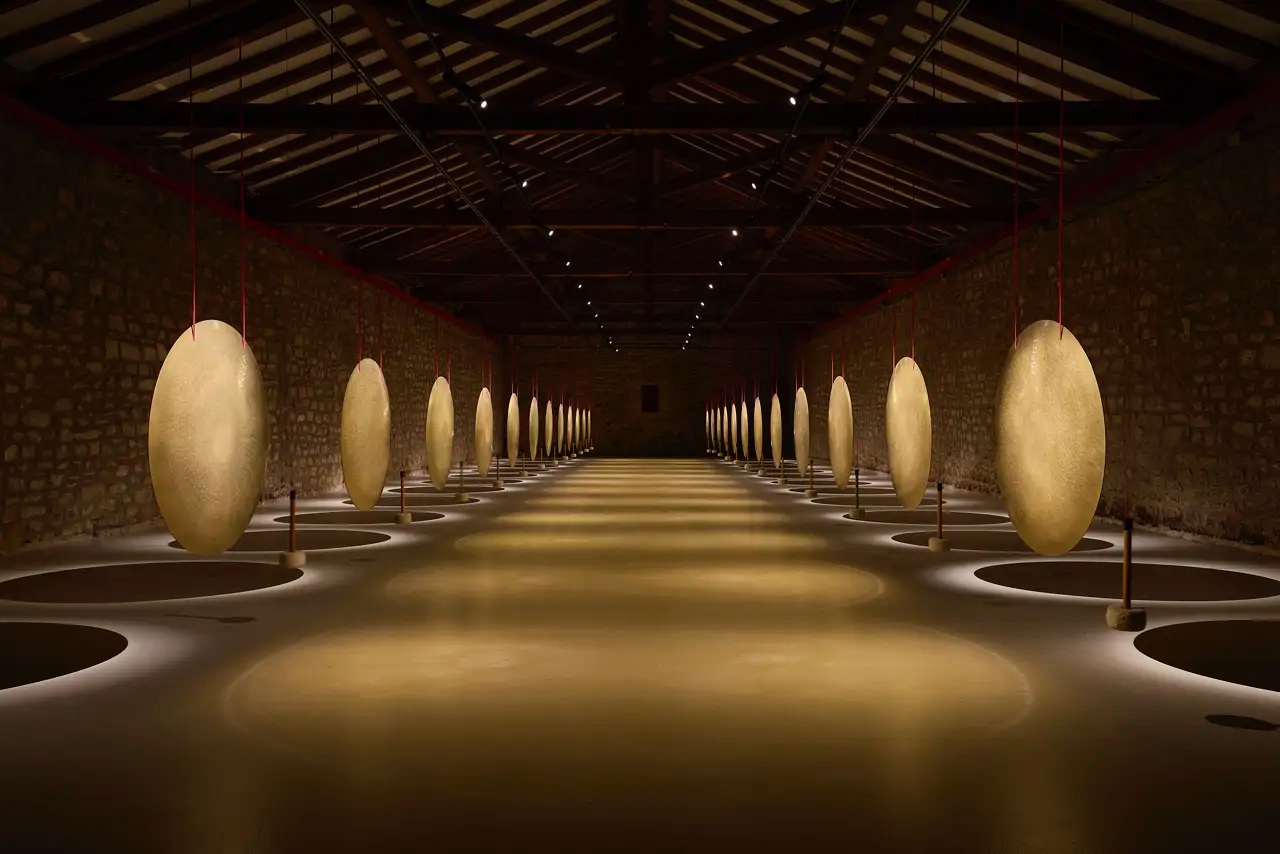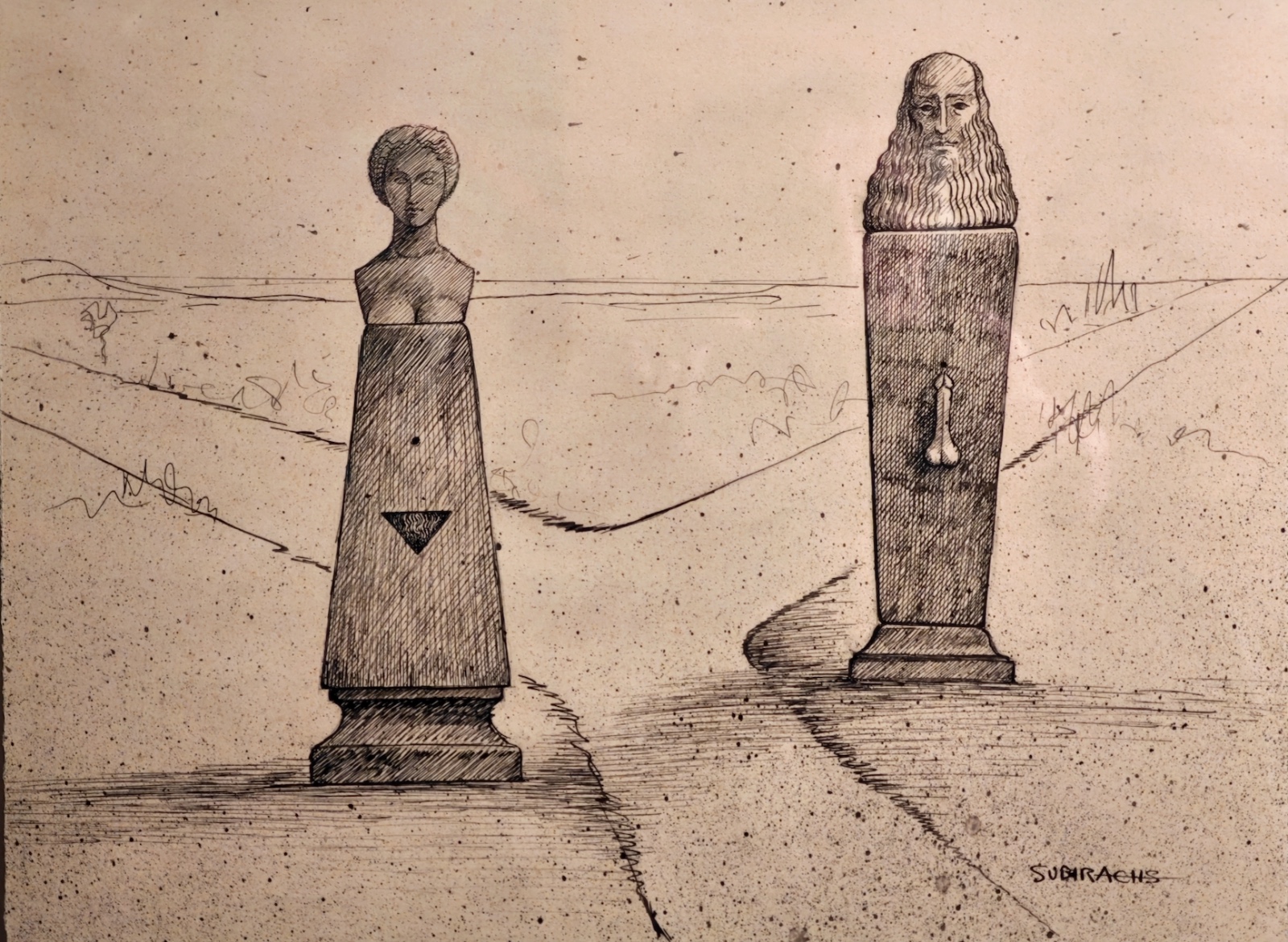Exhibitions
Edward Weston and the matter of forms
A visual anthology at the KBr of Fundació MAPFRE that covers more than fifty years of photographic exploration and the construction of its own language.
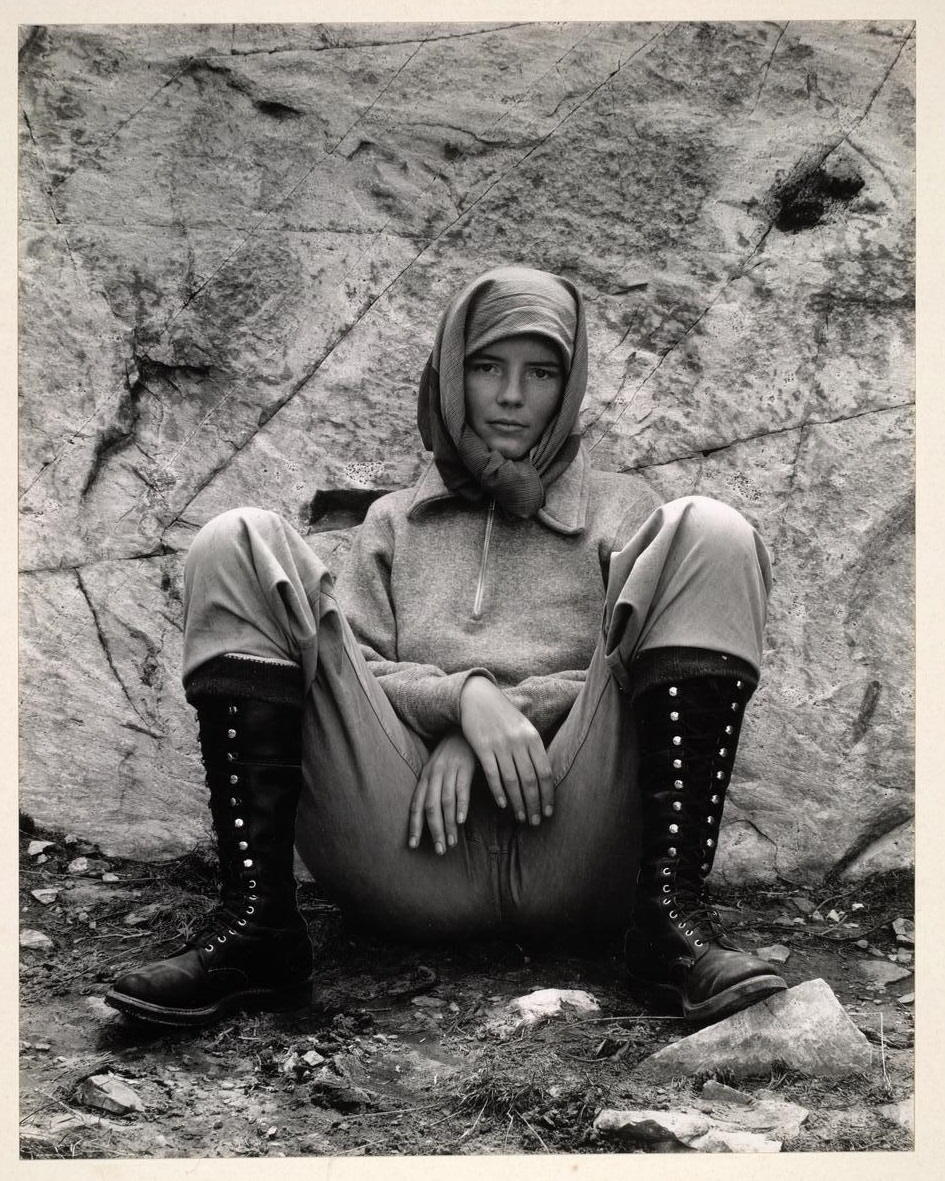
Photography, which for Edward Weston began as an adolescent curiosity, transformed over more than fifty years into a profound research on how this art can be a tool for understanding the world. Now, the KBr center in Barcelona presents Edward Weston. The Matter of Forms, an exhibition that reviews the photographer's career through an itinerary that includes nearly two hundred images and a wide selection of documentary material.
 Prologue to a Sad Spring, Edward Weston (1920). © Center for Creative Photography, Arizona Board of Regents La nº 6: 1981. Center for Creative Photography, Arizona Board of Regents
Prologue to a Sad Spring, Edward Weston (1920). © Center for Creative Photography, Arizona Board of Regents La nº 6: 1981. Center for Creative Photography, Arizona Board of Regents
The exhibition proposes a formative and critical reading on the evolution of the photographic medium and its value as a visual language with its own entity, unlinked from the codes established by the classical plastic arts, especially painting. The exhibition, which will be open from June 12 to August 31 and has the collaboration of the Center for Creative Photography at the University of Arizona, in Tucson, has been curated by Sergio Mah, who proposes an anthology that connects the different periods of Weston's work, from his beginnings marked by pictorialism to the stage of maturity, where formal clarity and technical precision define his most recognized style.
 Guadalupe Marín de Rivera, Edward Weston (1924). © Center for Creative Photography, Arizona Board of Regents La nº 6: 1981. Center for Creative Photography, Arizona Board of Regents
Guadalupe Marín de Rivera, Edward Weston (1924). © Center for Creative Photography, Arizona Board of Regents La nº 6: 1981. Center for Creative Photography, Arizona Board of Regents
Weston started very young, with a Kodak camera that his father gave him when he was sixteen. Still self-taught, by 1911 he had already opened his own studio in California. But it was in the 1920s that his photography took a new direction. Disenchanted by pictorialism, which sought to emulate painting, he approached other photographers such as Alfred Stieglitz and Paul Strand, and shared with them the idea that photography had to find its own language. Shortly after, he moved to Mexico with his son Chandler and Tina Modotti. There he connected with the local artistic and cultural scene, among names such as Diego Rivera and Frida Kahlo, and experienced a key moment of transformation.
 Excusado, Mexico, Edward Weston (1925). © Center for Creative Photography, Arizona Board of Regents La nº 6: 1981. Center for Creative Photography, Arizona Board of Regents
Excusado, Mexico, Edward Weston (1925). © Center for Creative Photography, Arizona Board of Regents La nº 6: 1981. Center for Creative Photography, Arizona Board of Regents
Between the 1920s and 1940s, Weston developed the series that would make him famous: nudes, still lifes, landscapes and portraits. His way of looking transforms the everyday into reasons for attention; “the extraordinaryness of banality”, in the words of the curator. A toilet, a cabbage leaf or a shell become the protagonists of images that are meticulously crafted, with very precise framing and a constant search for form and texture. This work brings him closer to an abstraction that does not contradict figuration, but rather coexists with it. The nudes he made from 1926 onwards are a good example of this; the body is not just a body, but a way of playing with volume and light.
 Nude, Edward Weston (1936). © Center for Creative Photography, Arizona Board of Regents La nº 6: 1981. Center for Creative Photography, Arizona Board of Regents
Nude, Edward Weston (1936). © Center for Creative Photography, Arizona Board of Regents La nº 6: 1981. Center for Creative Photography, Arizona Board of Regents
Weston also had a close relationship with the North American landscape. He photographed the Oceano dunes, the Palm Springs desert, the lands of Arizona and New Mexico. His large-format camera allowed him to capture the smallest details and, at the same time, convey a sense of pause and attention. This way of working connects with the spirit of the f/64 Group, a collective of which he was a co-founder and which defended direct photography, without artifice. Over the years, his work acquired an increasingly marked visual and emotional density. This intensity, which is especially perceived in the tonal ranges and the atmosphere that his images give off, provides a melancholic patina that permeates much of his final production.
 Surf, Bodega, Edward Weston (1937). © Center for Creative Photography, Arizona Board of Regents La nº 6: 1981. Center for Creative Photography, Arizona Board of Regents
Surf, Bodega, Edward Weston (1937). © Center for Creative Photography, Arizona Board of Regents La nº 6: 1981. Center for Creative Photography, Arizona Board of Regents
With the award of the Guggenheim Fellowship in 1937, Weston was able to undertake a trip around the country that would culminate in the project of illustrating Walt Whitman's Leaves of Grass. The war cut short the project, but he continued to work until Parkinson's disease prevented him from continuing to photograph. In 1946, the MoMA in New York dedicated a major retrospective to him with 250 images; Weston would die in early 1958, leaving behind a solid and essential body of work that continues to challenge the way contemporary photography is made and interpreted.
 Crescent City, Edward Weston (1939). © Center for Creative Photography, Arizona Board of Regents La nº 6: 1981. Center for Creative Photography, Arizona Board of Regents
Crescent City, Edward Weston (1939). © Center for Creative Photography, Arizona Board of Regents La nº 6: 1981. Center for Creative Photography, Arizona Board of Regents

